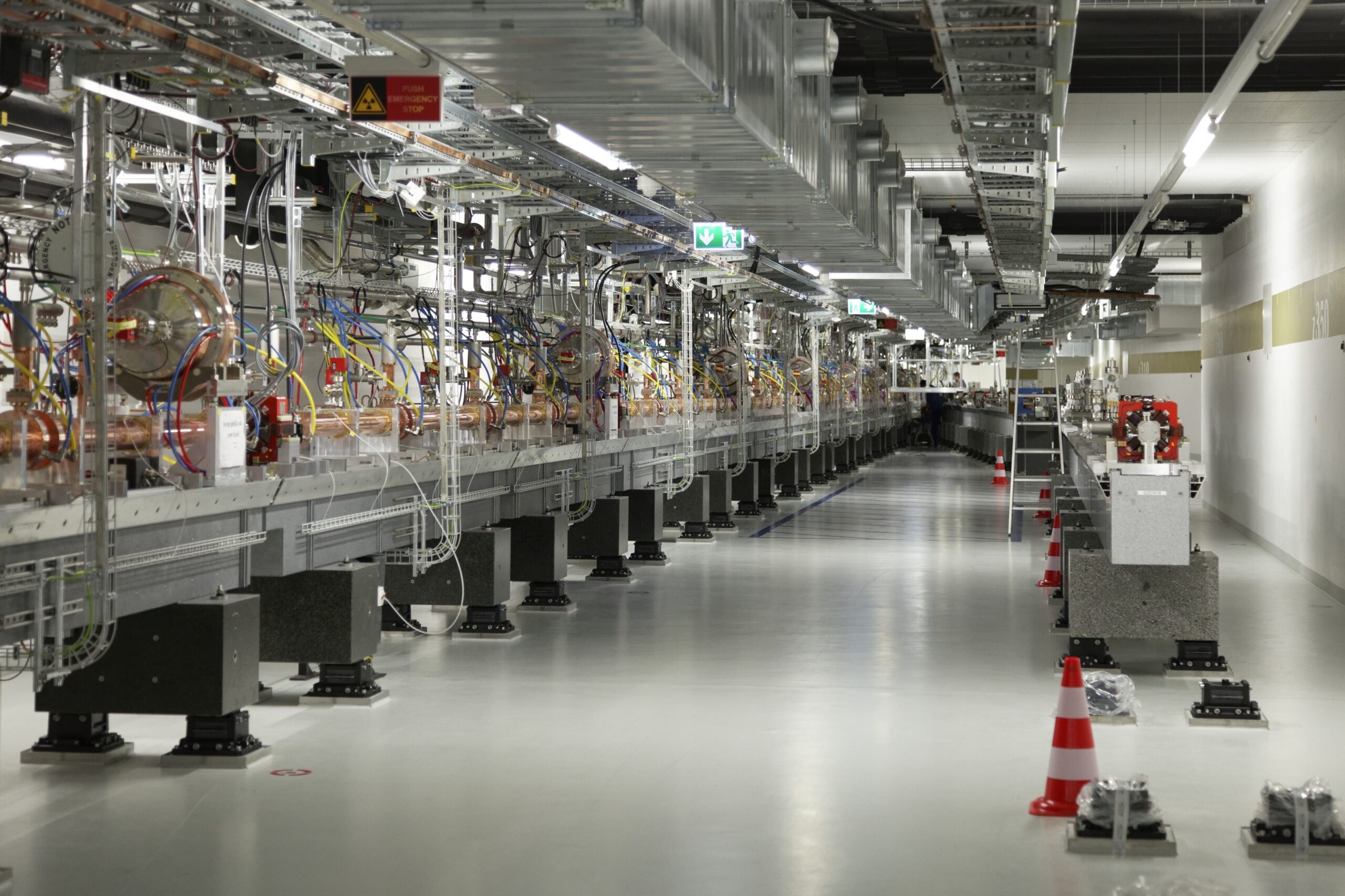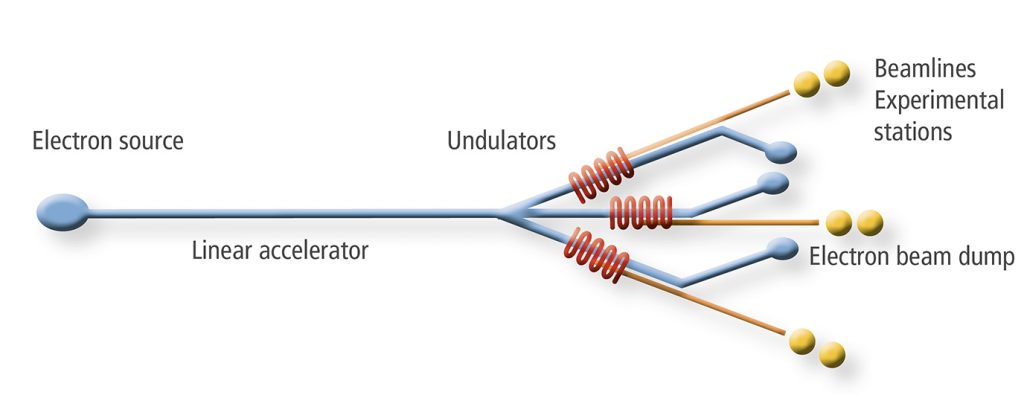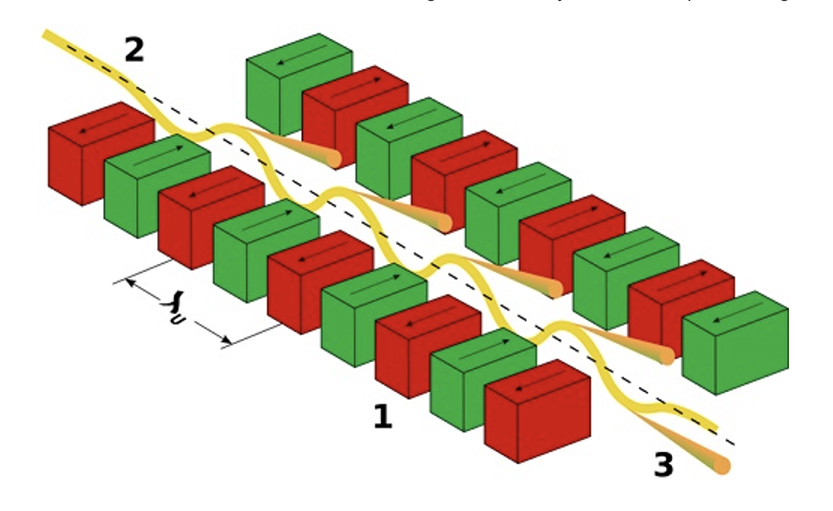Research being done at X-ray Free Electron Laser facilities is breaking new ground, with studies across many disciplines: determining structures of molecules critical to biology, probing the characteristics of extreme states of matter, and observing the behaviour of electrons within complex molecules.
The wavelengths of the X-ray flashes are so small that it is possible to research the composition and structure of complex biomolecules and materials on the atomic scale. This help scientists to gain a better insight into the structure of biological cells and develop new materials with optimized properties.

The X-ray flashes are so short that scientists are able to use them to film ultrafast phenomena such as the formation or breakup of chemical bonds. This enables scientists to better understand chemical processes, with the possibility of developing more efficient industrial production methods, for instance. These studies can provide a basis for the development of new medicines.
The X-ray laser flashes can also be used to study matter under extreme conditions of temperature and pressure, such as occurring in the interior of planets or at extreme electric or magnetic field strengths. This will reveal new knowledge about the properties of materials under such conditions. Other studies with small objects, single molecules, or atoms in extreme X-ray fields will pave the way for new X-ray methods.
When fast electrons at nearly the speed of light cross a magnetic field on their way, they are deflected and generate bright, well-collimated light tangentially to their curved path. This was first observed on a General Electric synchrotron accelerator in 1947 and the light was called synchrotron radiation.
For decades, scientists have been employing this effect to produce high-intensity radiation in a wide spectral range from the far-infrared to hard X-rays for research purposes. Modern synchrotron radiation sources do not use single magnets to generate the light, but a series of tens (or even hundreds) of magnets with alternating fields, called undulator, in which the electron beam wiggles (“undulates”) only slightly about a straight line. In each curve, the electrons generate light which overlaps and interferes constructively for certain wavelengths leading to nearly monochromatic light emitted in a narrow cone.
The Free Electron Laser (FEL) makes use of the physics of the undulator. In 1970 John Madey showed in his PhD thesis that an undulator can amplify resonant radiation. He calculated that “finite gain is available from the far-infrared through the visible region raising the possibility of continuously tunable amplifiers and oscillators at these frequencies with the further possibility of partially coherent radiation sources in the ultraviolet and X-ray regions to beyond 10 keV”.
The first IR FEL was realised in his laboratory at Stanford University, USA, a few years later. A number of FEL facilities were then built all over the world, some of them integrated with electron storage rings. They all made use of optical cavities to amplify the radiation in many round trips. Unfortunately, this concept does not work for the extended ultraviolet and X-ray region because high-reflectivity mirrors at normal incidence are not available.

In order to produce X-rays, a different concept is used: The undulator is made very long and a much better quality electron beam in terms of density and emittance is generated in order to achieve amplification up to saturation in a single pass. The spontaneous undulator radiation generated in the first part of the undulator interacts with the electron beam and eventually modulated its density such that millions of electrons radiate in phase, leading to a tremendous gain and ultrashort pulses, orders of magnitude more powerful than what all other types of X-ray sources produce.

The amplitude of the wavelike electron path is exaggerated, in practice, it is only a few micrometres such that the radiation cones overlap and interfere. Since the generated light is slightly faster than the electrons, constructive interference occurs when the light wave slips forward by one wavelength λ1 for each period of the electron path, i.e. the undulator period λu. The output wavelength depends on the electron energy and the strength of the magnetic field; both parameters can be used to tune the radiation wavelength continuously over a wide spectral range.